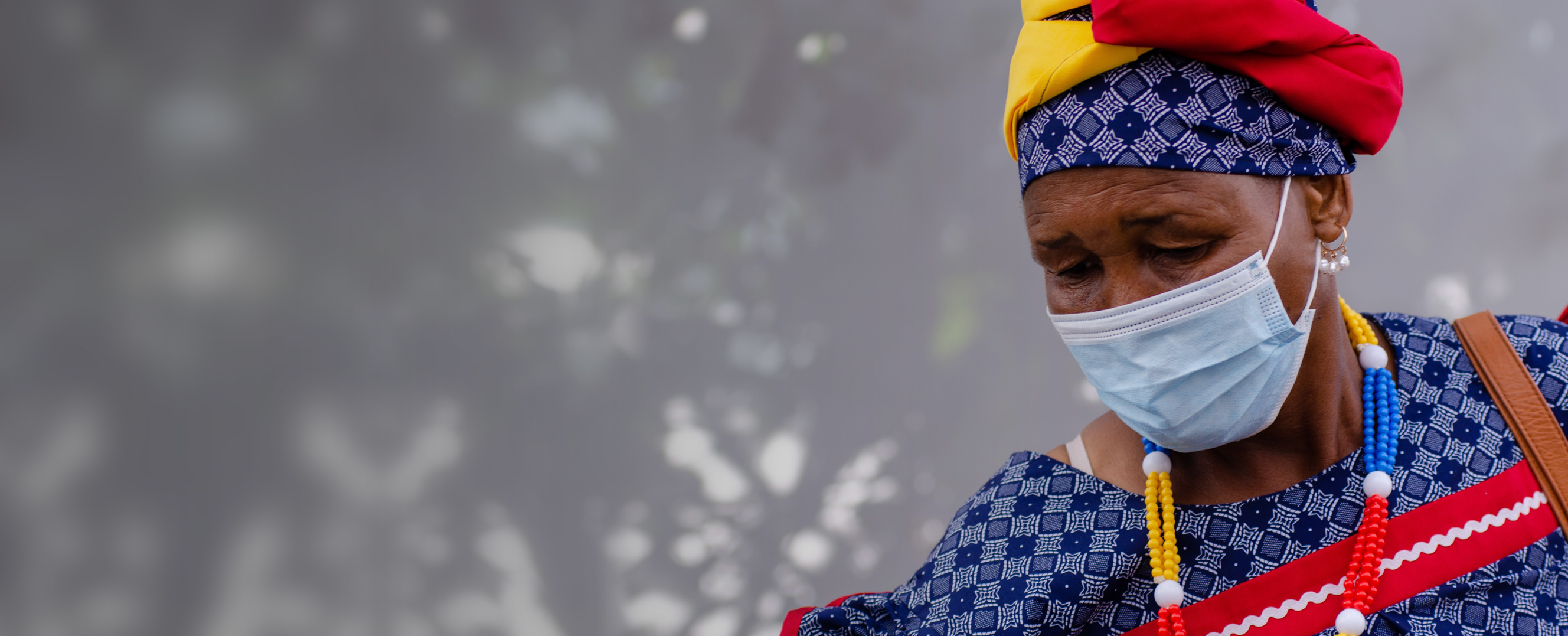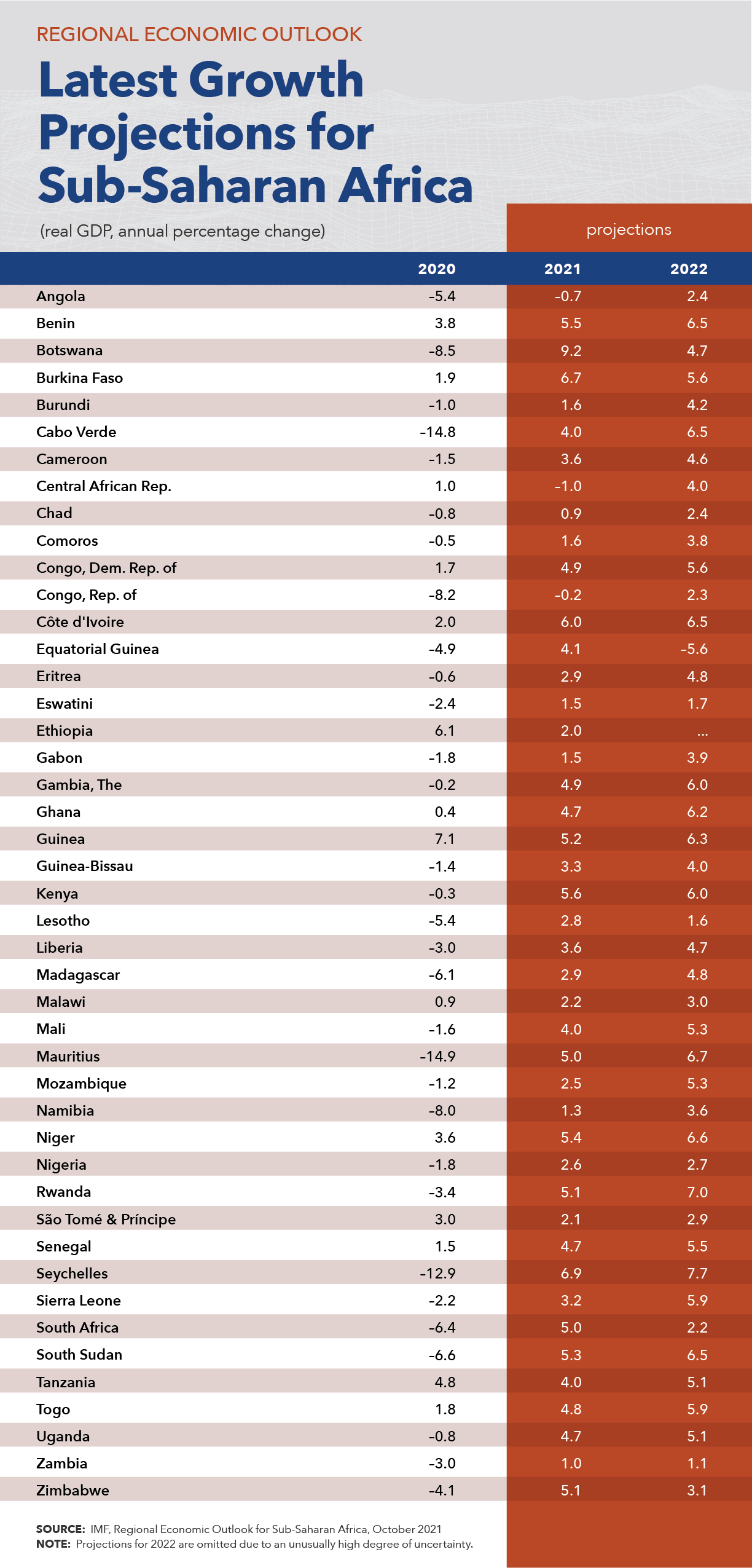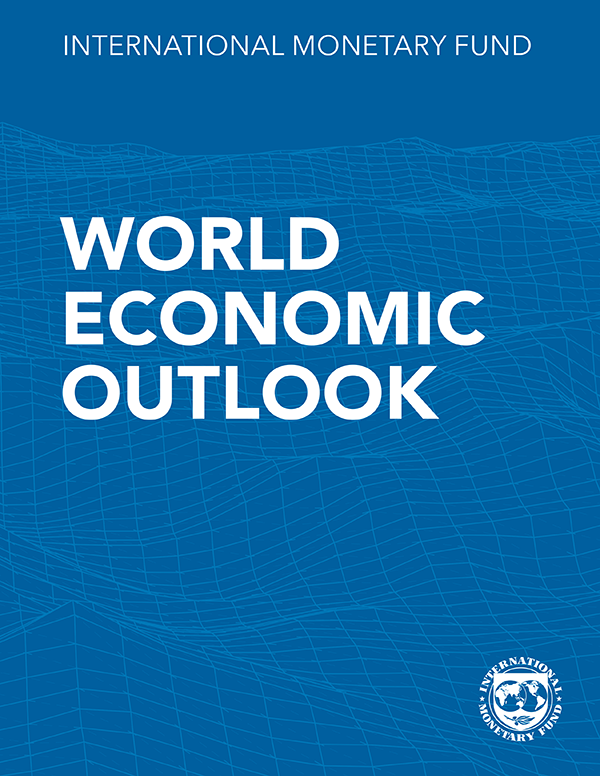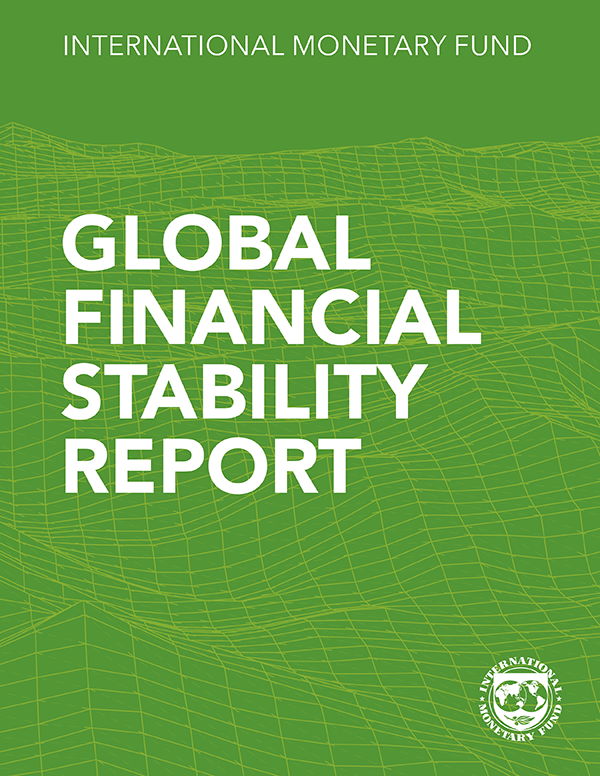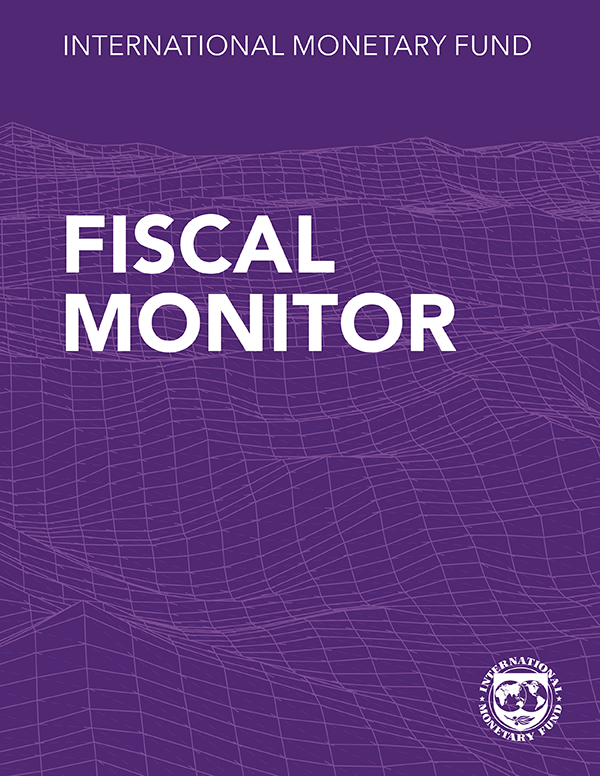A fraught recovery. Despite some encouraging signs, another difficult year

The world remains in the grip of the COVID-19 pandemic and a seemingly accelerating pace of climate change, both of which underscore the need for increased global cooperation and dialogue. Solutions to these global problems must involve all countries and all regions, especially sub-Saharan Africa, with the world’s least vaccinated population, most promising renewable energy potential, and critical ecosystems. Sub-Saharan Africa’s economy is set to expand by 3.7 percent in 2021 and 3.8 percent in 2022. This follows the sharp contraction in 2020 and is much welcome, but still represents the slowest recovery relative to other regions.
In particular, the economic outlook points to divergences at three levels: between sub-Saharan Africa and other regions, within sub-Saharan Africa, and within countries. These divergences reflect the region’s slower vaccines rollout, more limited fiscal space, and regional disparities in resilience. The outlook remains extremely uncertain, and risks are tilted to the downside. In particular, the recovery depends on the path of the global pandemic and the regional vaccination effort, food price inflation, and is also vulnerable to disruptions in global activity and financial markets.
Looking ahead, sub-Saharan Africa’s potential remains undiminished. The region is at a critical juncture to implement bold transformative reforms
to capitalize on this potential.
Publications
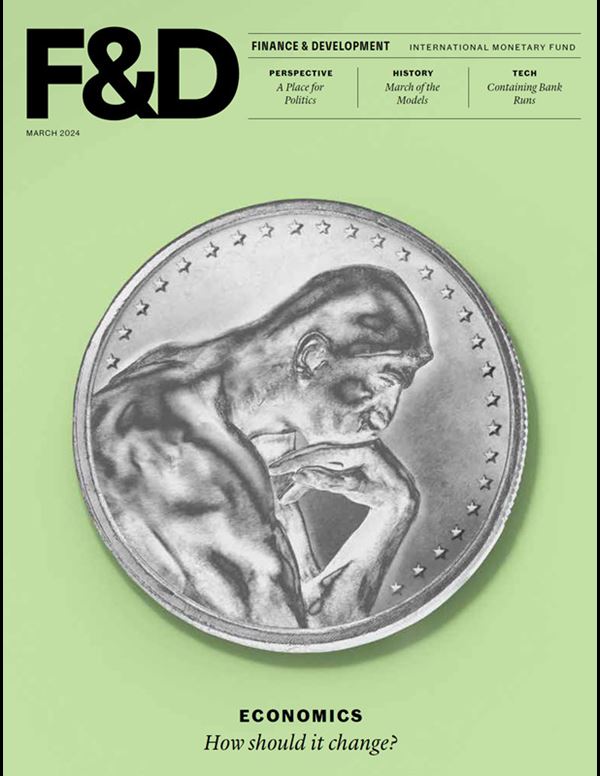
-
March 2024
Finance & Development
-
ECONOMICS
How should it change?
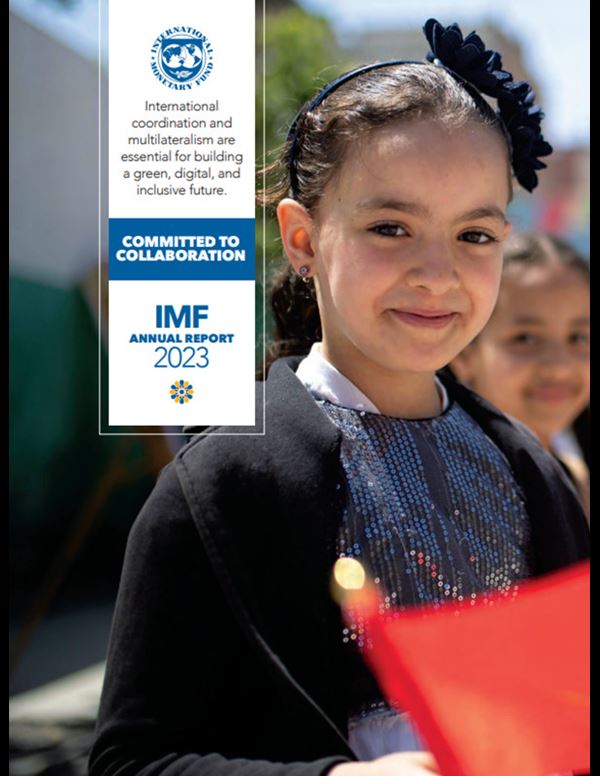
-
September 2023
Annual Report
- COMMITTED TO COLLABORATION
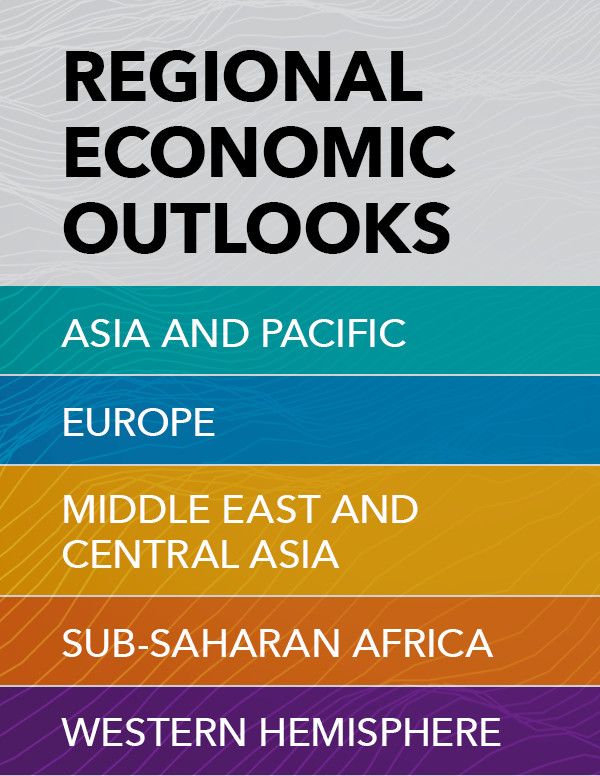
-
Regional Economic Outlooks
- Latest Issues



